Jan Steiner, our new ambassador, enjoys cycling – preferably 200 kilometers or more in one go. He recently told us how Jan, who has a background in freestyle skiing, came to enjoy cycling.
Jan, before you started cycling five years ago, you were a freestyle skier. How did you transition from an explosive and highly technical sport to an endurance sport?
First of all, thank you so much for allowing me to be your ambassador. I'm thrilled to represent such a great project and be part of this team!
I believe the switch was due to an injury. I crashed my skis and suffered whiplash, which I didn't notice until relatively late. This was a very difficult time for me, as I could no longer pursue what had been my greatest passion up until then. But because my riding buddies were also spending less time on the mountain, I eventually told myself that was it. Even when I was free of symptoms again, I never found the same passion for the sport again.
I didn't do any sport at all for about six months and went to a lot of parties. One day my dad practically forced me to come along on his racing bike. At first we did about 30 kilometers in the Linth plain. I wasn't really that excited, but we had planned another racing bike tour for the following weekend with a friend of my dad. The fun of the tour grew from strength to strength, and the positive attitude of my dad and his friend certainly contributed to that. Even a fall (I couldn't get out of the clipless pedals) didn't spoil my fun. I'll definitely never forget that day. From then on, I was really hooked, and shortly after, I bought my first racing bike.
Why do you ride a road bike and not a mountain bike?
As I mentioned, I started with a road bike and enjoyed it so much that I've never really felt the urge to switch to a mountain bike. If I ever want to get off the road for a bit, I'll take a gravel bike. However, it definitely wouldn't hurt my technical skills to do a bit more off-road riding.
Why do you do long-distance racing?
I just really enjoy long tours in general, and I enjoy racing and consciously preparing for a certain goal. I also tried licensed races, but I had certain shortcomings there that I couldn't compensate for. So I decided to consciously do what I enjoy, and that's these long races.
What appeals to you about long races?
First of all, there's the uncertainty about how your body or mind will react. Because in such long races, you do have moments every now and then where you really wonder what exactly you're doing. How you manage to overcome these moments and find new motivation is a mystery to me. But somehow it works. You can also learn a lot about yourself in such long races, and I find that very exciting. Of course, the distances are also what appeal to me, because I often find it hard to motivate myself to do such tours just like that.
You compete in races that cover more than 240 kilometers and 8,000 meters of elevation. How do you prepare physically and mentally for such races?
I don't train strictly according to a plan, because that doesn't really work for me. However, I do interval training and regular basic training sessions to consciously stimulate my body. Nevertheless, it's very important for me to listen to my body and understand it. The most important thing for me is to always enjoy it, because only then can I achieve my goals. When I feel good about myself, it's easier to train, even if things don't go as planned. After all, we're human beings, not machines that always function the same way at the push of a button.
How many hours per week do you train for long-distance races?
Depending on the season, it's between 15 and 20 hours. Of course, there are also training phases with 20 to 30 hours, such as in the spring on Mallorca.
Do you have to cover the same distances in training as the races afterwards?
In my personal experience, this isn't necessary because the body doesn't recover as quickly from such long stretches, and you have to wait longer before you can complete the next, more challenging training session. However, I do occasionally incorporate seven- to eight-hour rides into my training. This is more to get that good feeling and to know I can do it. On such long rides, you also discover new places.
Does your race preparation also include mental training?
During my time as a licensed racer, I occasionally worked with a mental coach. This helped me tremendously in my development, as mental strength plays a huge role in long races.
What kind of equipment do you use for the long races?
I don't have any equipment sponsors yet, so I can choose my gear freely. It's made up of my favorite products that I feel comfortable with. This is a big factor for me, because it makes things a lot easier when you trust the equipment.
My road bike is a Cannondale Supersix Evo Disc with a Sram Red AXS Etap drivetrain. I chose a 48-tooth and a 35-tooth chainring with a power meter up front, and a cassette with a 10-to-33-tooth gear ratio at the rear. For the wheels, I chose Enve SES 3.4 or SES 4.5 AR, which I fitted with Vittoria Corsa tires in 25- or 28-millimeter widths.
For my helmet and goggles, I rely on the Swedish manufacturer Poc. I wear clothes and shoes from the British brand Rapha. Races often start early in the morning, so I often bring a wind vest to keep me cool.
What is the catering like at the races?
My nutrition at races includes a variety of products. I use high-dose carbohydrate powder, which I then mix with water. Bars and fatty gels are also part of the mix. I also use caffeine gels towards the end of the race. I also like to eat a few salted nuts or Haribo candy. That's why I always carry a small bag of these things on the back of my jersey. Because you can't take all your nutrition with you, my parents or friends are often at the side of the course to give me new drinks and gels. Without their help, it would sometimes be impossible to compete in these races. But if no one is available to support me on site, there are always very good aid stations along the race courses where you can get more food.
How much food and drink do you take with you to a race?
This largely depends on the length of the race. I make sure I consume around 90g of carbohydrates per hour to ensure my body always has enough energy. As mentioned before, I also occasionally have people along the course to provide me with food. There are also race formats where no assistance is available (unsupported). In these cases, I use the aid stations provided by the race organizers.
How often do you eat during a race?
I don't have a fixed plan for when I eat what. I usually try to eat solid food at the beginning of the race and then gels later. I've developed a fairly good feel for my body and know when it needs what. It works quite well for me. Sometimes, however, it's difficult to eat because you don't always really feel like it. Then you have to force yourself, otherwise you'll pay for it later.
How does your race nutrition differ from your training nutrition?
During races, I often consume carbohydrate-rich liquids and gels. I almost always skip these during training and eat salted nuts or homemade bars instead.
How do you eat before and after races or training sessions?
About five days before the race, I reduce carbohydrates quite drastically to deplete my stores. At the same time, I train quite intensively to accelerate this process. Then, two to three days before the race, I eat lots of small, high-carb snacks, like rice cakes. My regular meals aren't much larger than usual, because I don't want to put too much strain on my stomach. I often eat rice with chicken or fish and vegetables. Two and a half to three hours before the race, I always eat rice pudding. Because of the early race starts, I sometimes get up at 2 a.m. to eat.
After races, I really enjoy eating Haribos and drinking Fanta. A Wheycation Recovery Shake is also a must to speed up recovery. A few hours later, I often have a nice dinner with dessert somewhere. I love sweets.
During training, things are a little different. Before tough or long workouts, I usually eat oatmeal that I've soaked overnight or boiled briefly. On quieter days, I often just eat yogurt or quark with fruit and nuts in the morning. Sometimes I make myself an omelet and then eat it with salmon or avocado. After training, I consume my Wheycation Recovery Shake as soon as possible. I also like to eat a bowl of quark, agave syrup, and homemade muesli, or I bake myself a cake to eat after training. Otherwise, I try to eat a balanced and healthy diet. This has become a regular routine for me and works really well.
How do you train during the winter months?
In winter, I train a little differently than in summer, depending on the weather. Weather permitting, I ride my road bike or gravel bike outside. If there's too much snow, I use my smart trainer. For a change, I train on touring skis. I can sometimes push myself even harder there than on a bike. I used to do some running as well. However, I didn't find it very exciting, so I removed it from my training. I want to increase my strength training for the next season. For that, I have a barbell at home that I use to do exercises. Core training is part of my program year-round.
Are you taking a break from training?
Yes, I usually train very lightly in October. However, it's very difficult for me to give up cycling completely. So for three weeks, I just ride whenever I feel like it and try to focus on other things. This year, I deliberately incorporated short breaks during the season to stay mentally fresh. It's worked quite well so far.
What projects do you have planned for 2023?
If everything goes according to plan, I'll be going back to Mallorca in February for around five weeks to work as a road bike guide. This will help me get into good shape. My first race will probably be at the end of April, also in Mallorca. The M312 is 312km long, and I had a great race there this season. I've set myself the goal of improving on that result. I also want to compete in the Alpenchallenge again and improve my performance. If I manage to get a starting place, the Dead Ends & Cake is also on my list. This would be a completely new challenge for me. The Dead Ends & Cake is a self-supported race that is around 500km long, and you have to plan your own route. This race format really appeals to me, and I'd like to take part in more events like this in the future. The Tour des Stations (242km, 8848m elevation gain) and the Tortour Sprint (270km) are also back on my racing schedule. Of course, the traditional Glarus mountain races are also part of it, because they're always a lot of fun. Maybe I'll do a really long ride from home one day and see what it feels like to be on the bike for 24 hours or more. The most important thing for me, though, is to stay accident-free and always keep having fun.
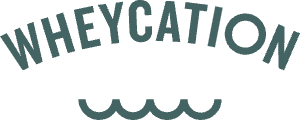
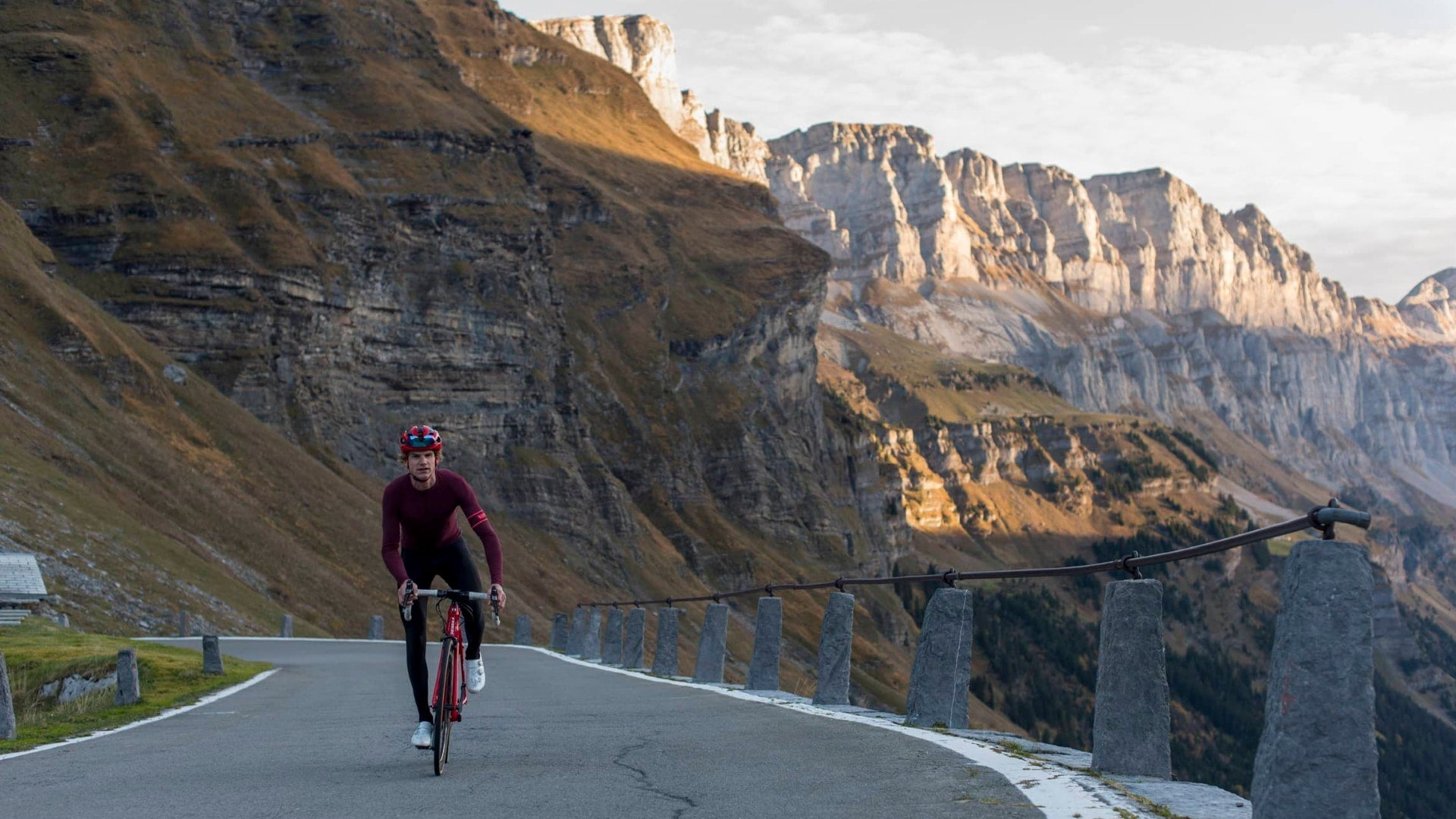
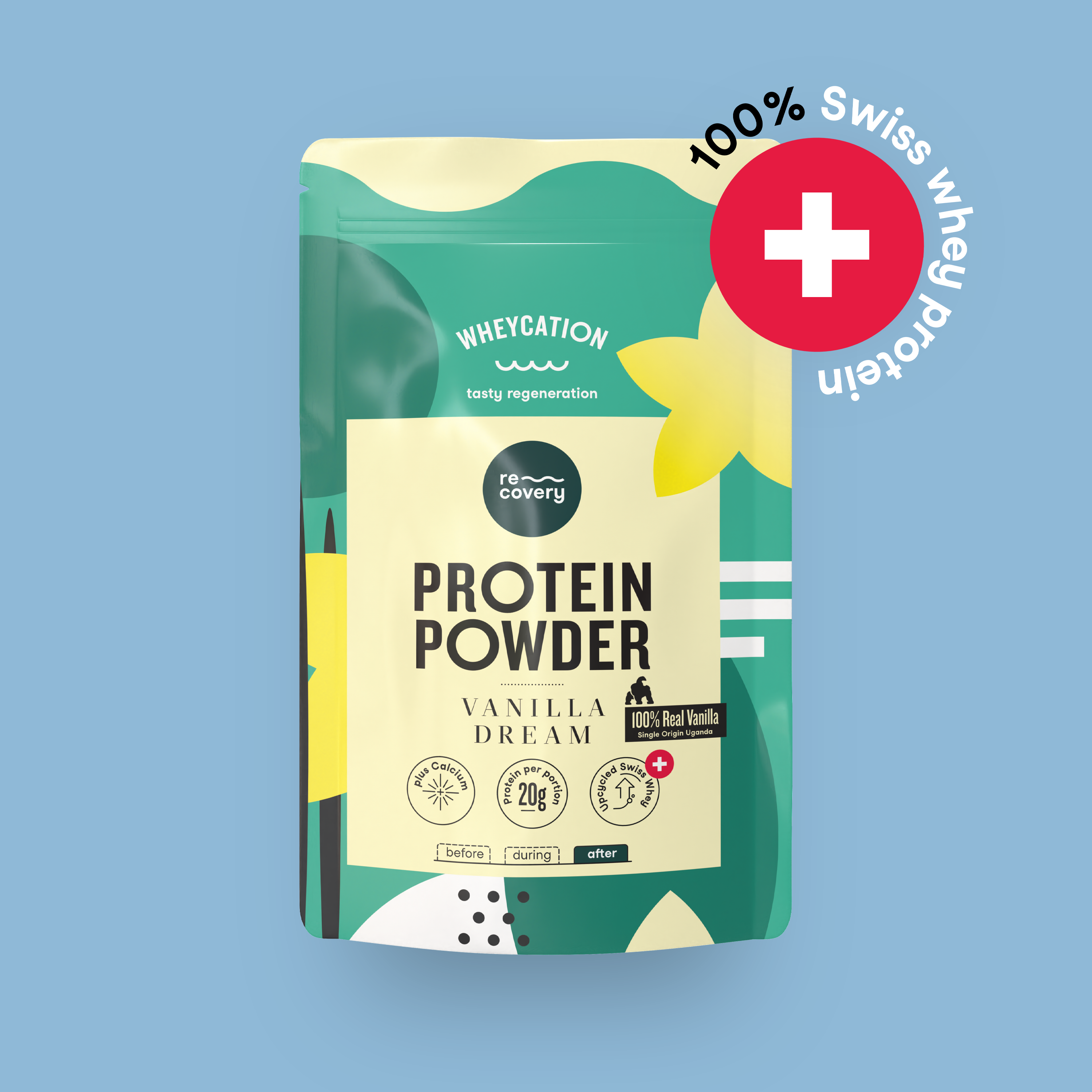

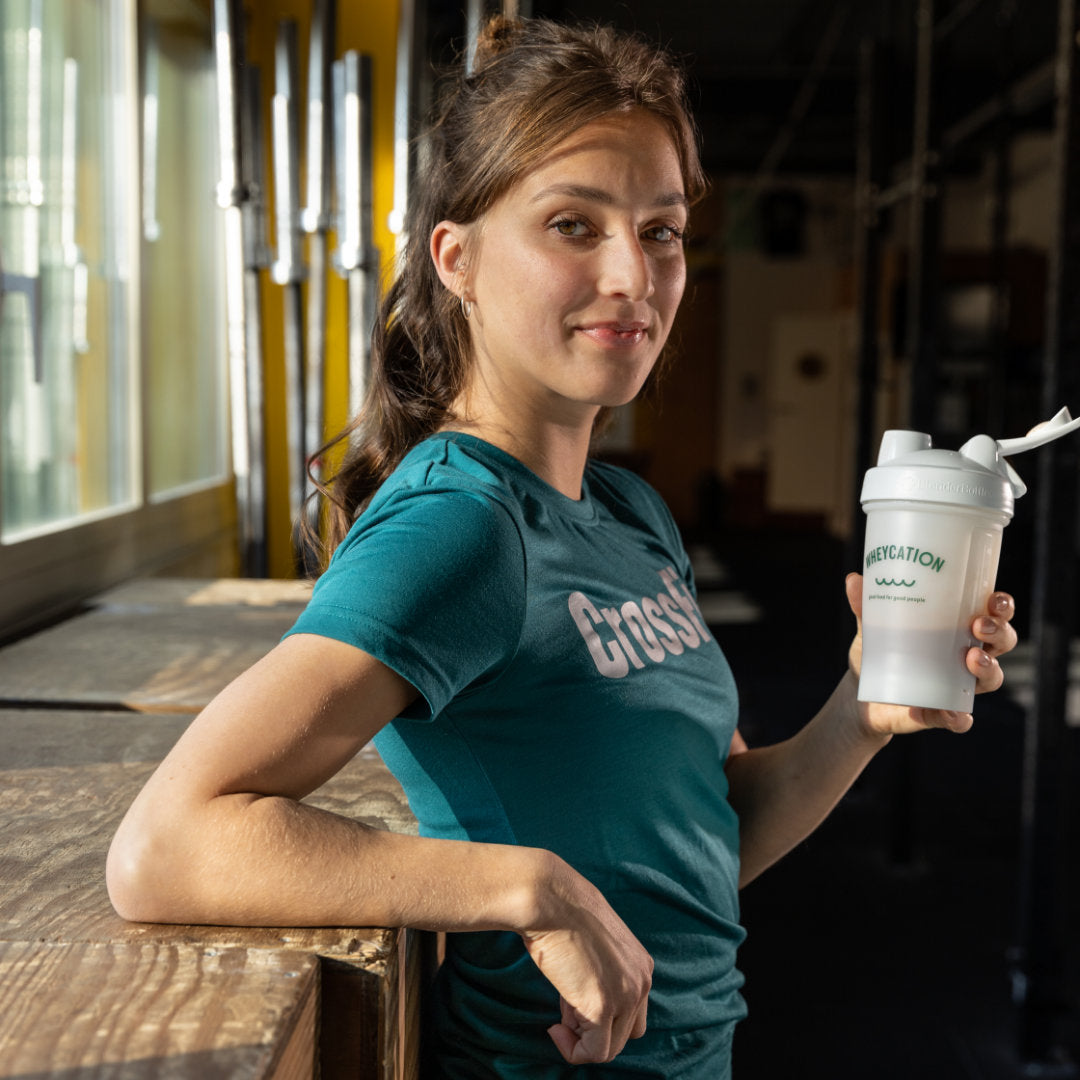
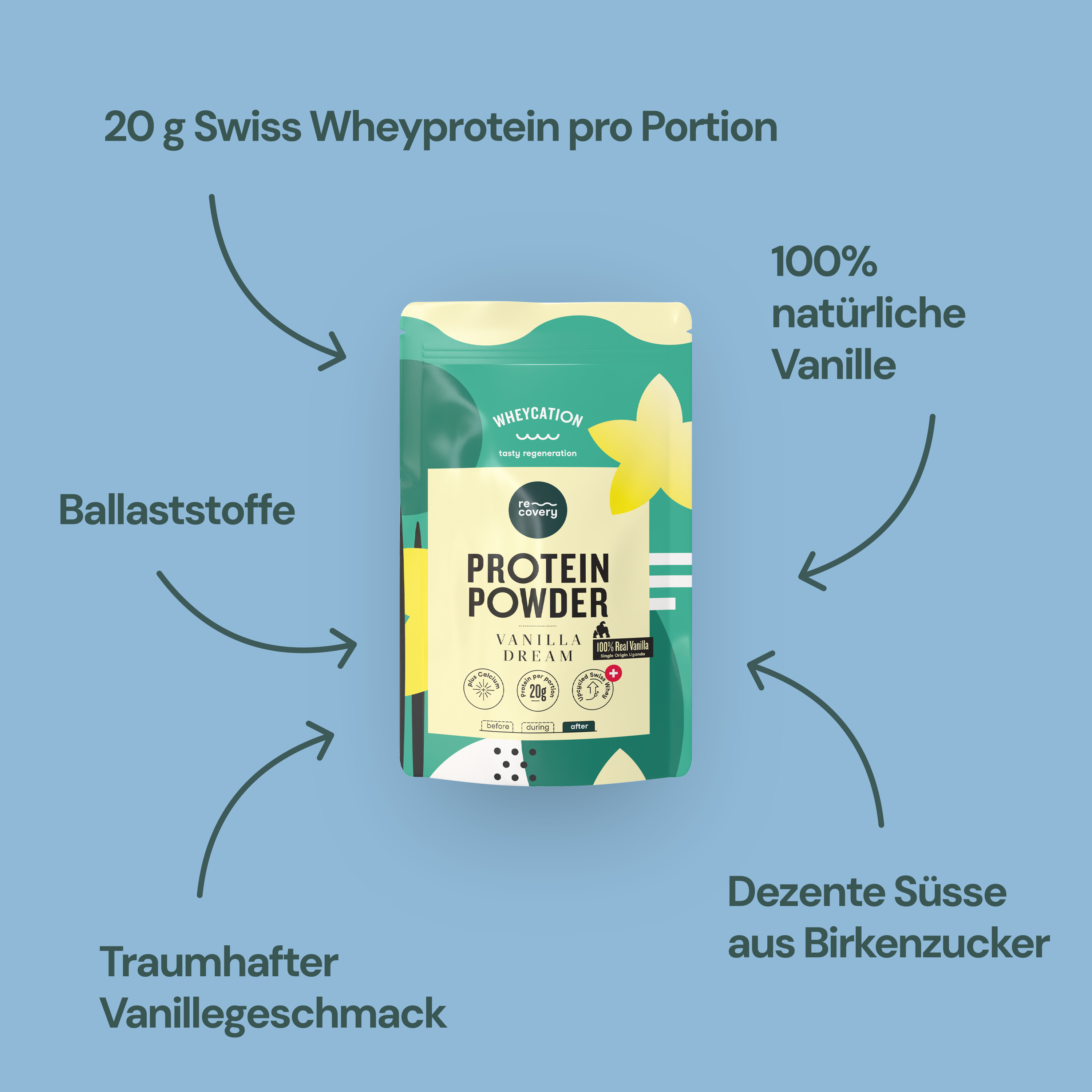
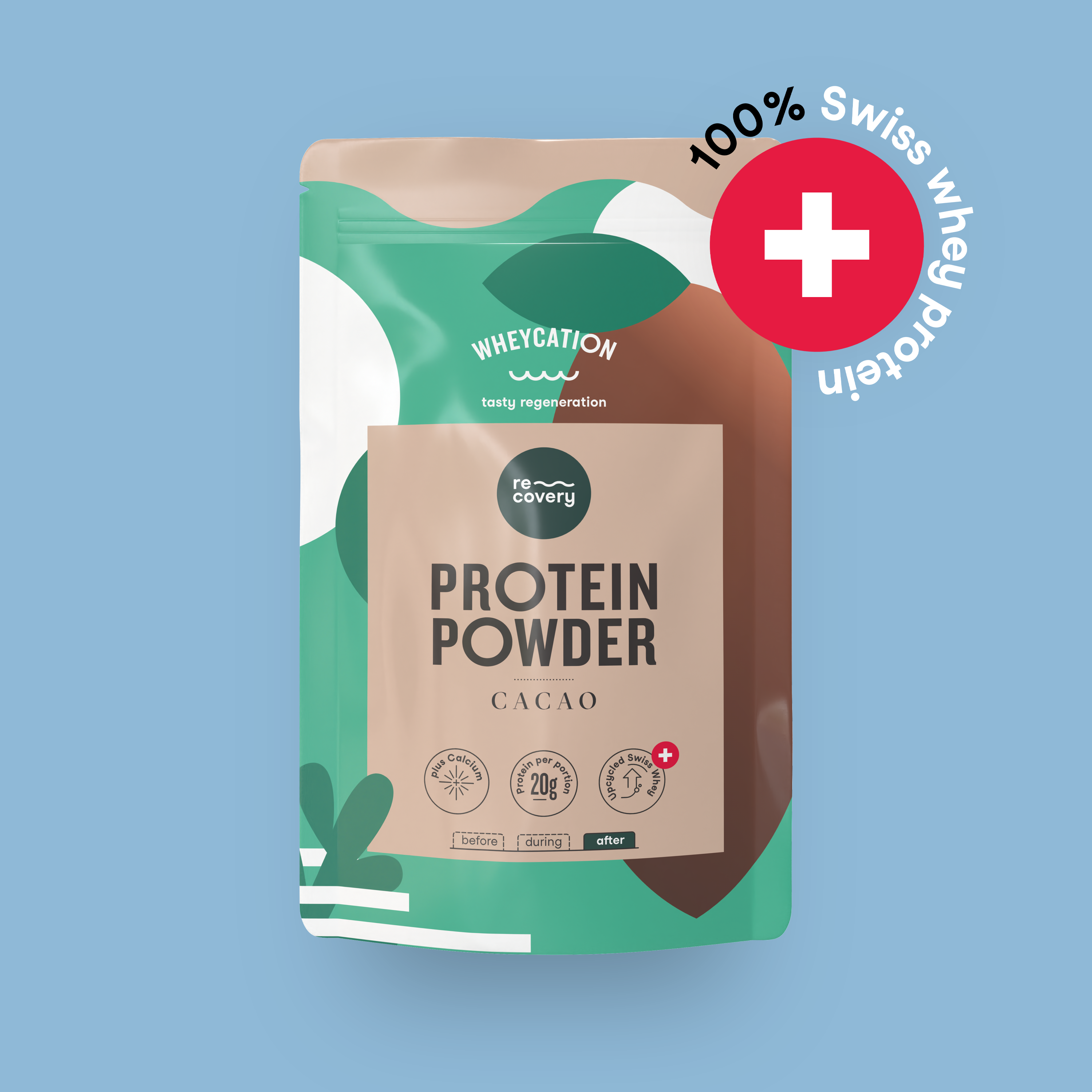

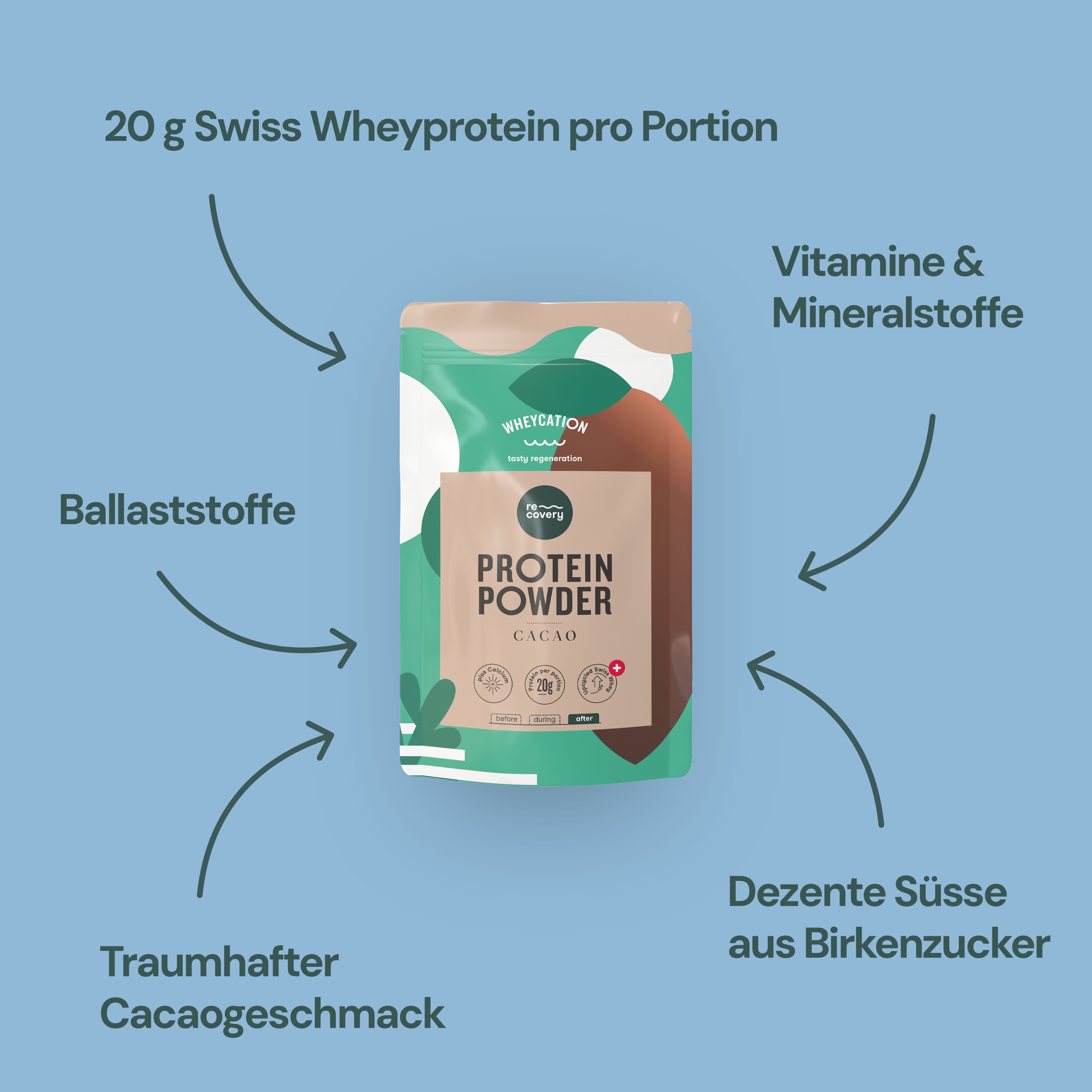
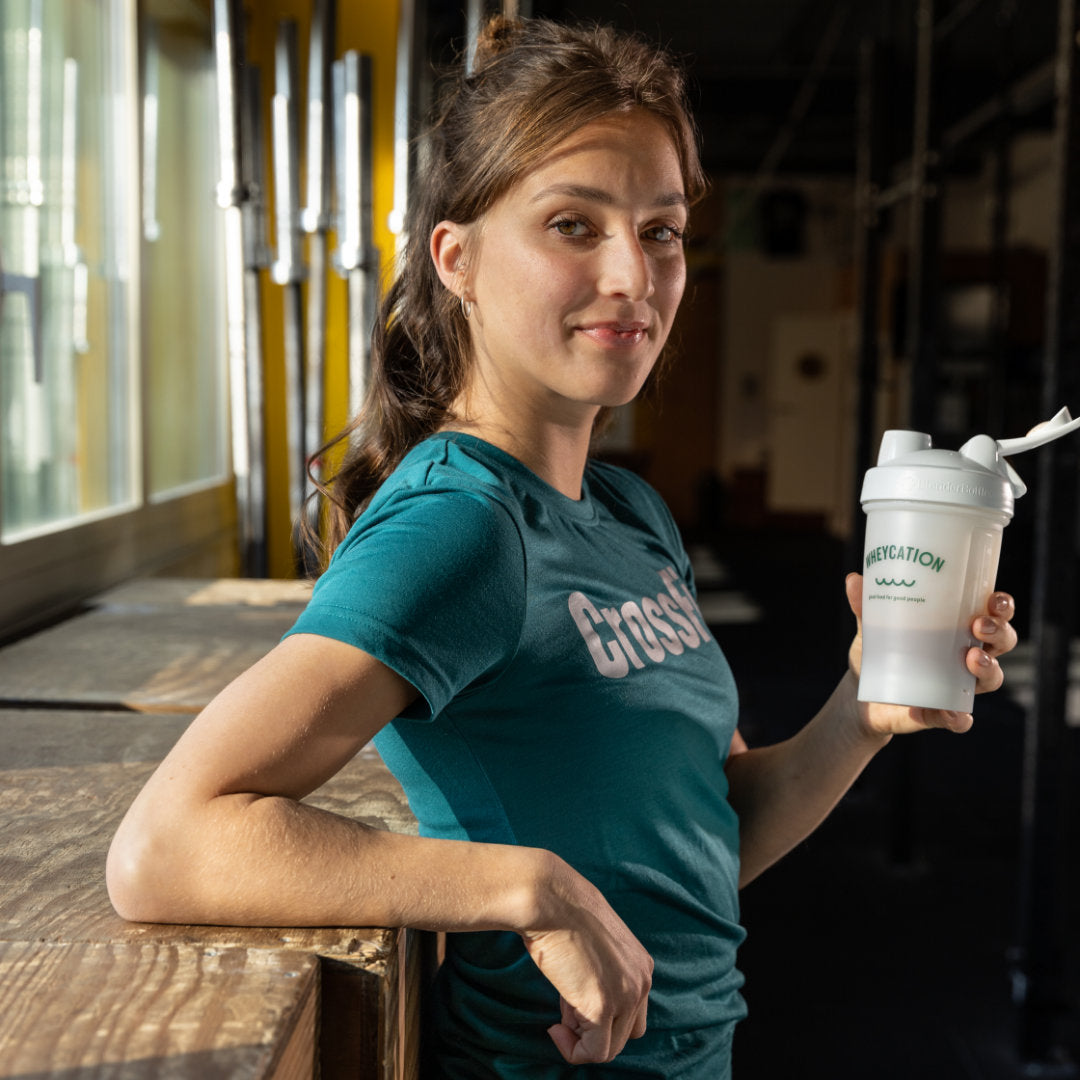
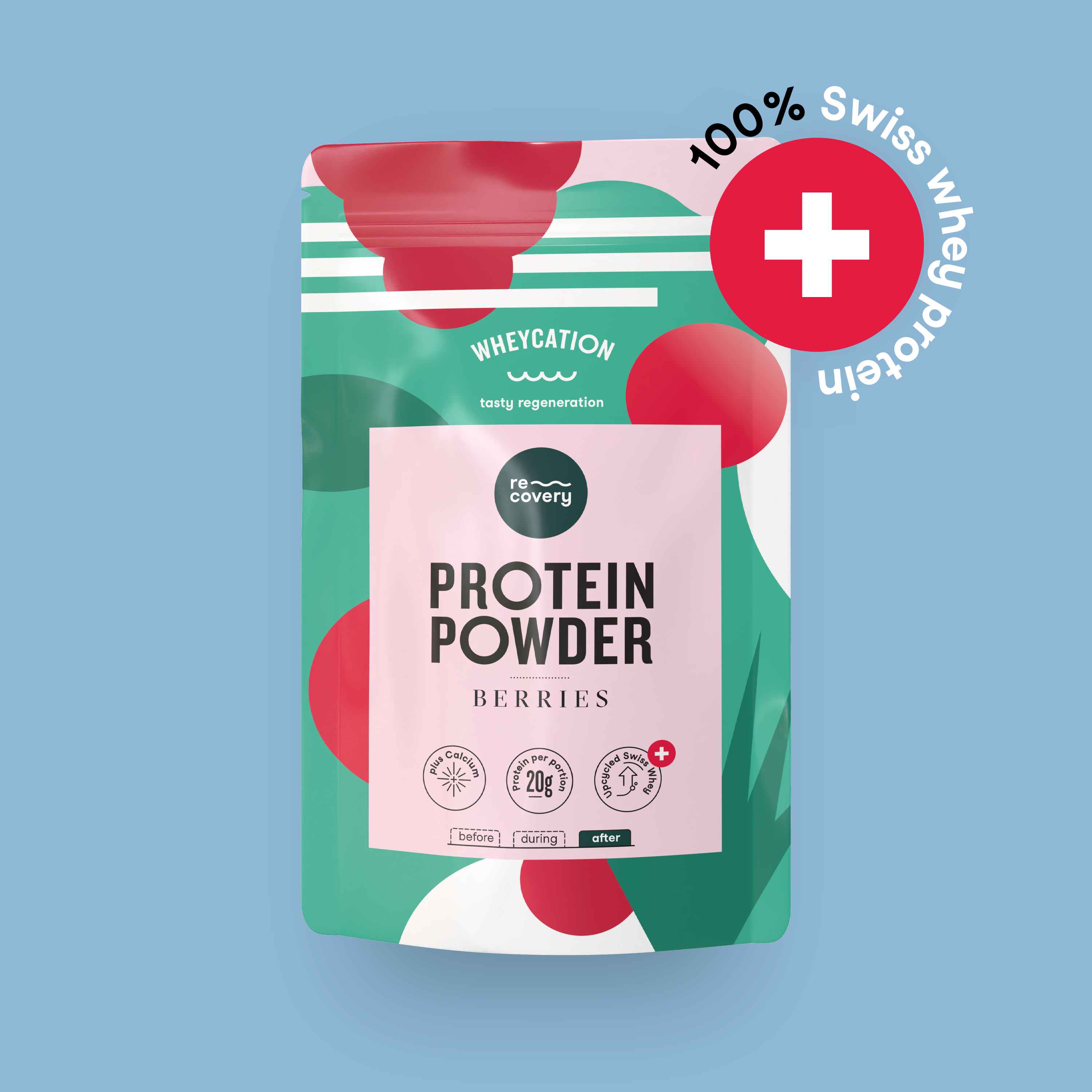
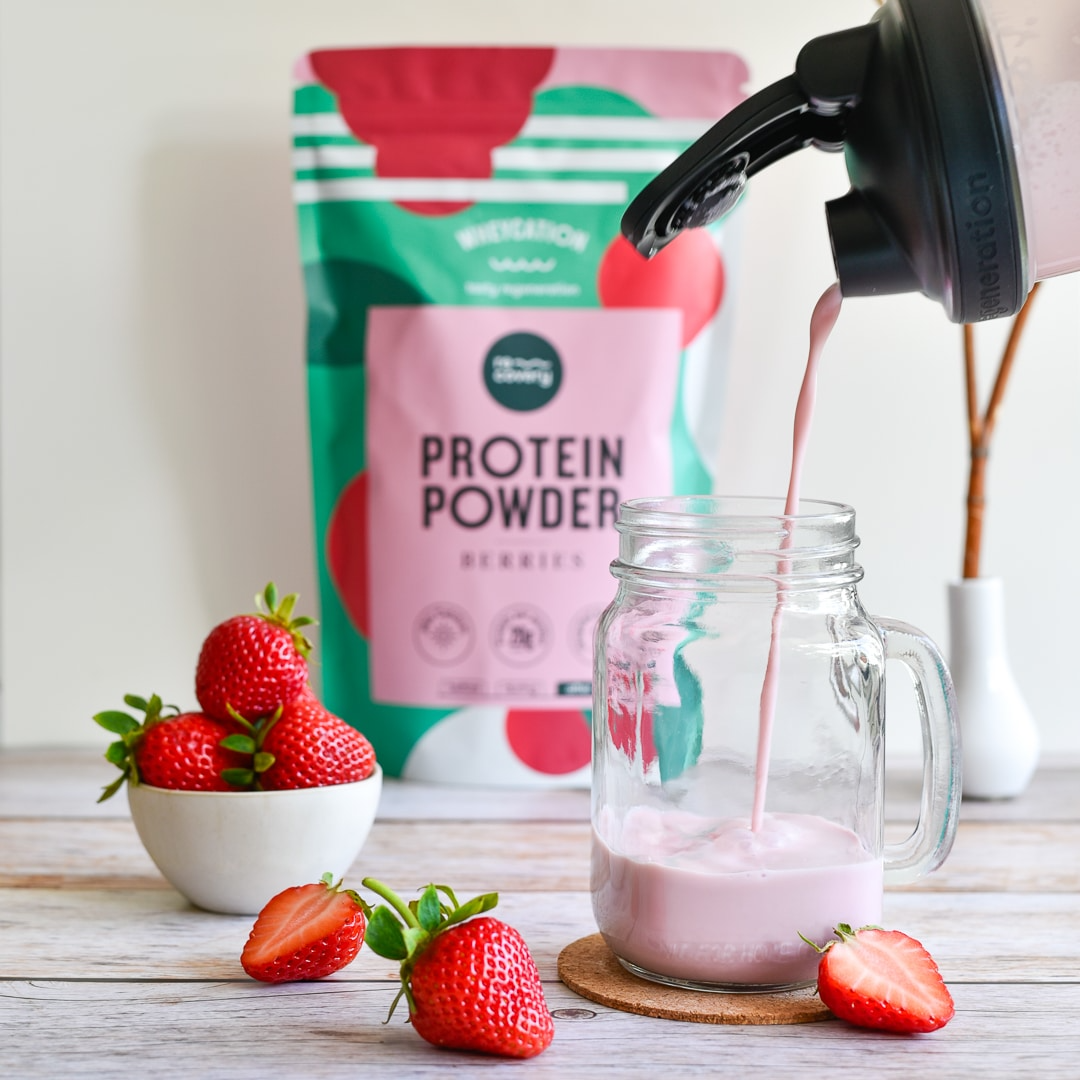

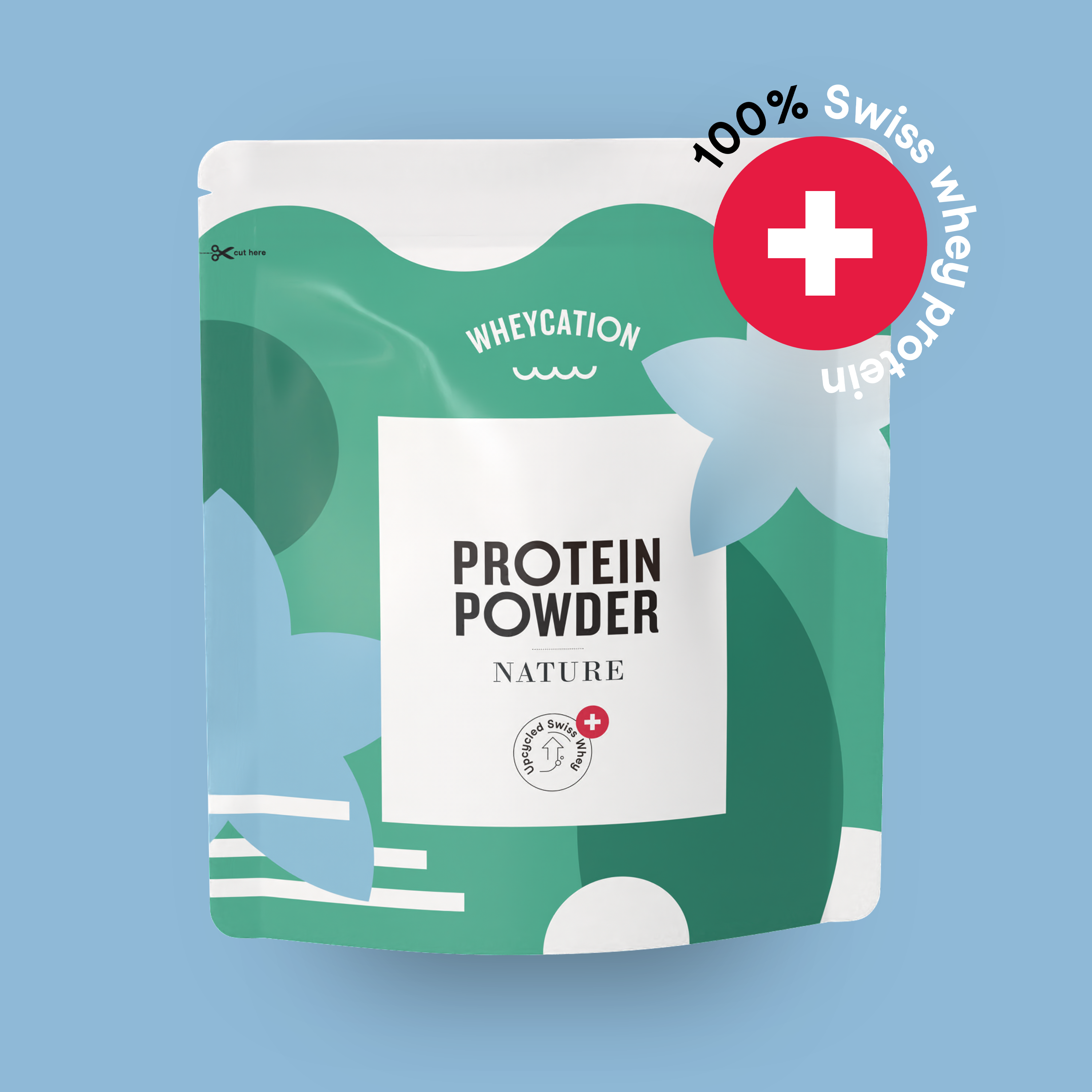
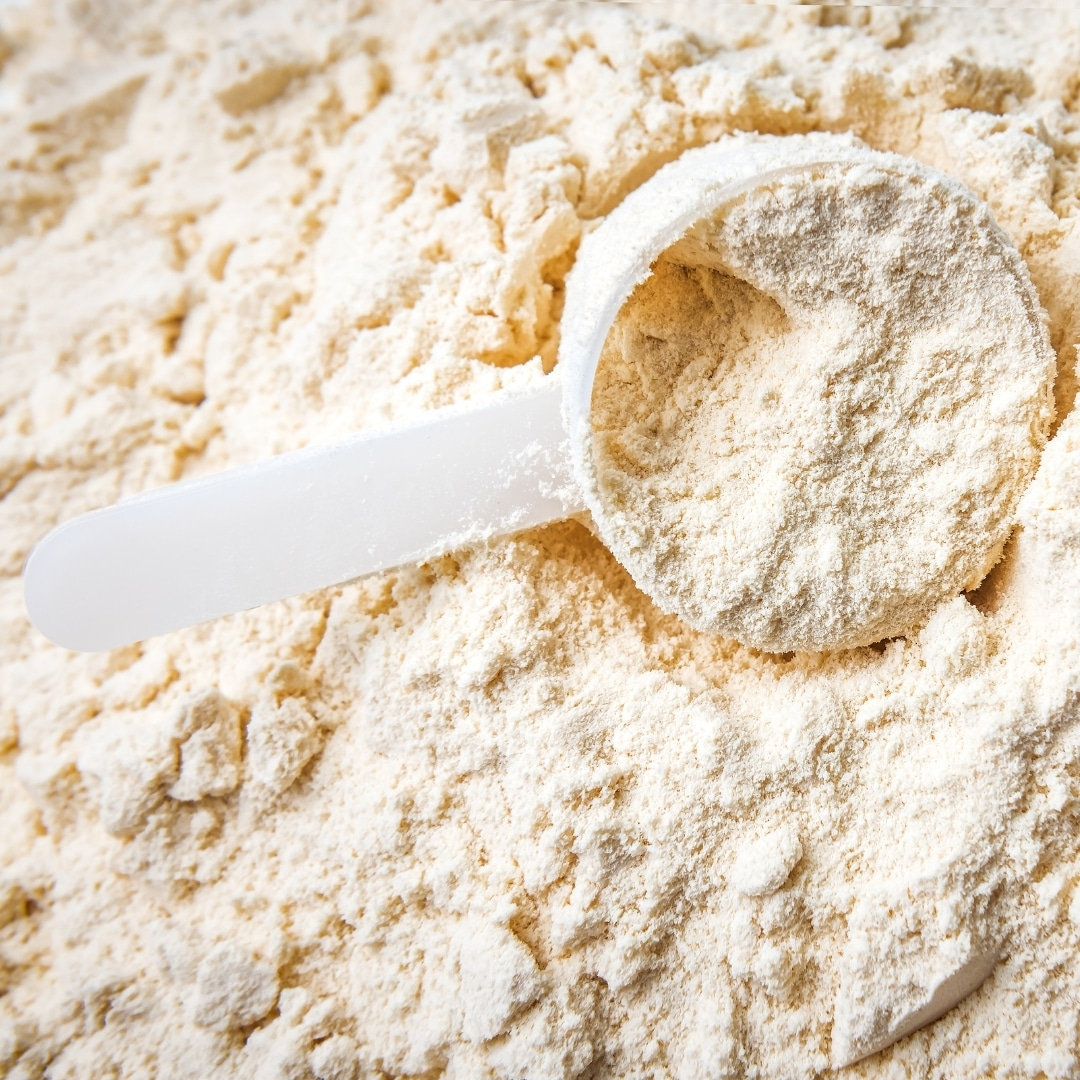

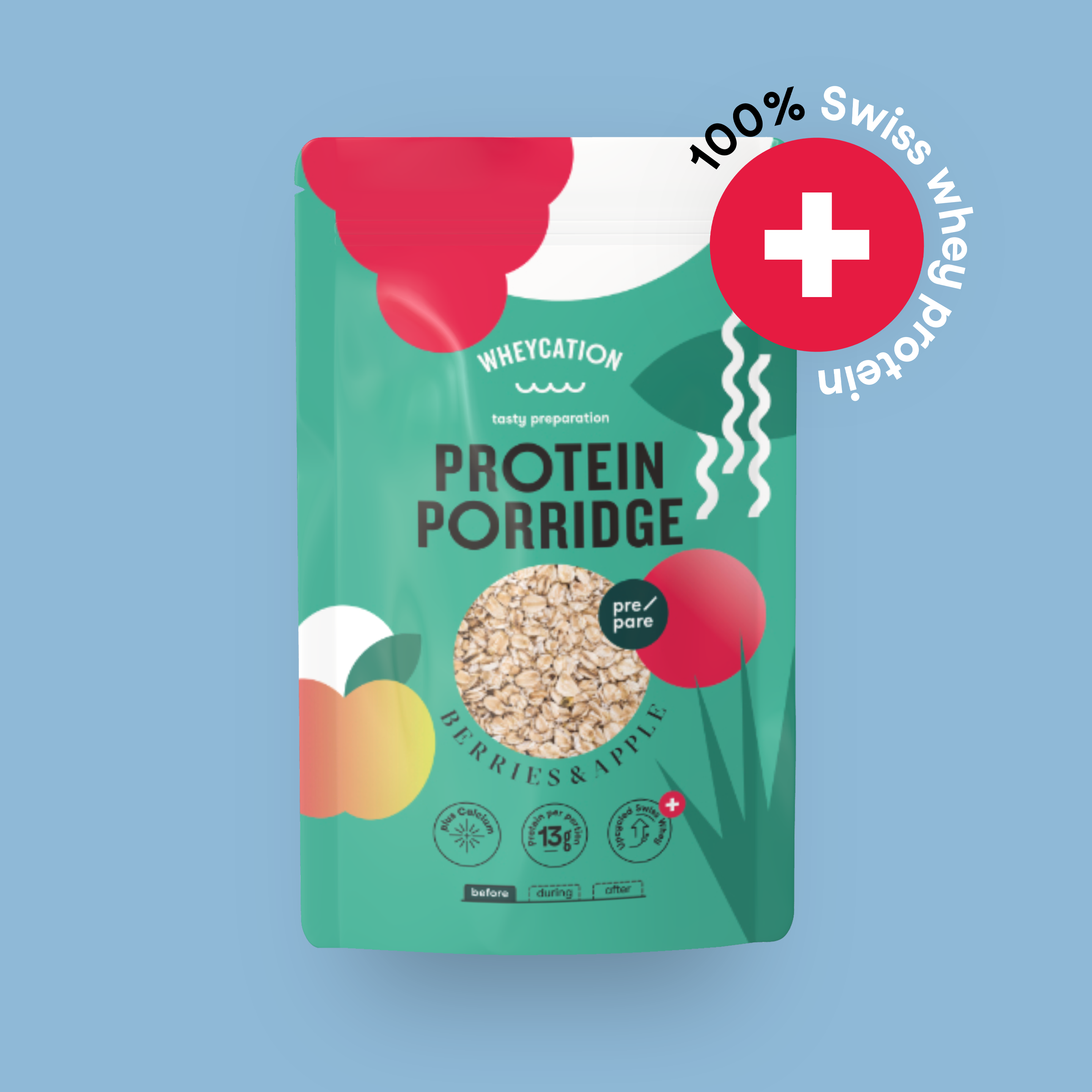

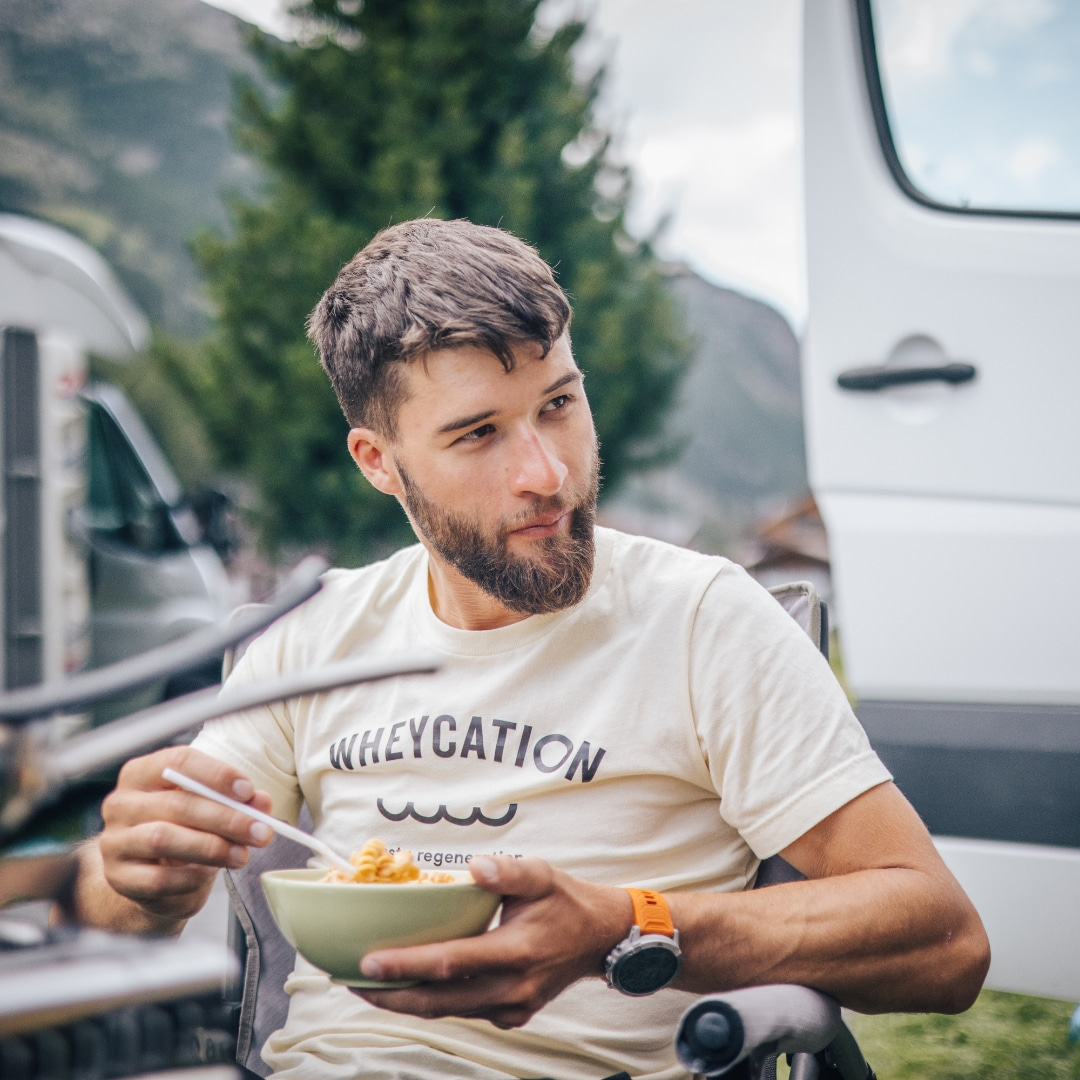
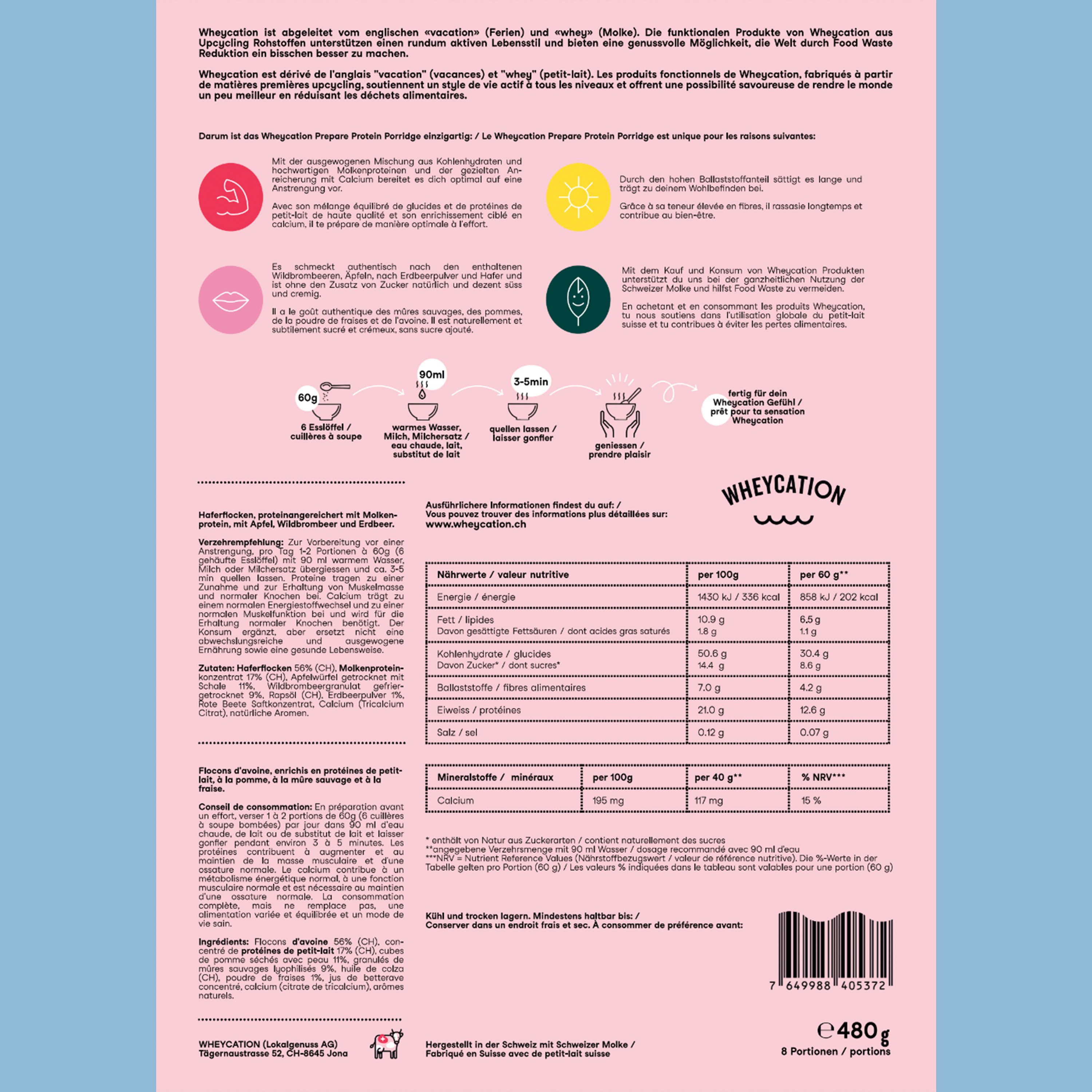
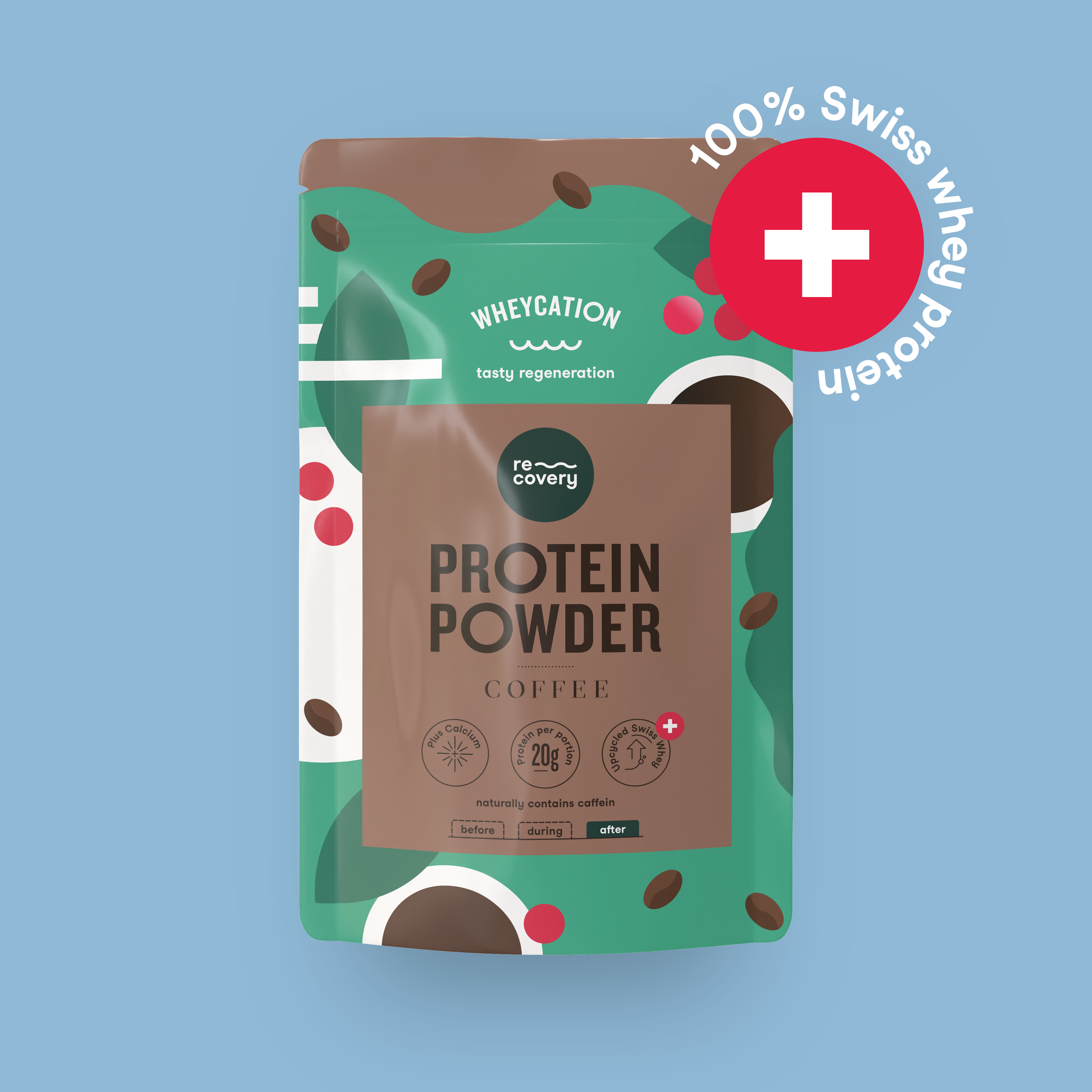
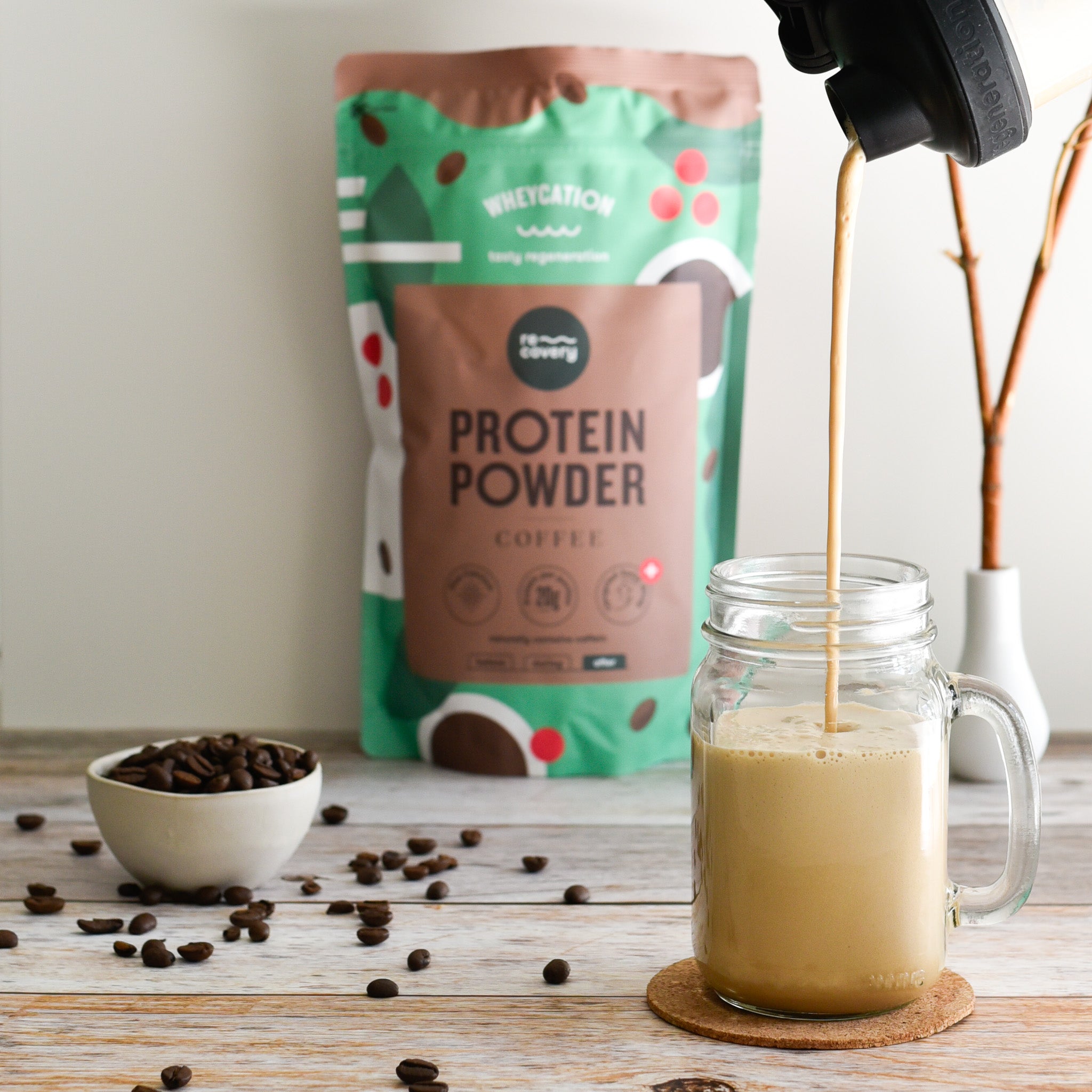




Split: